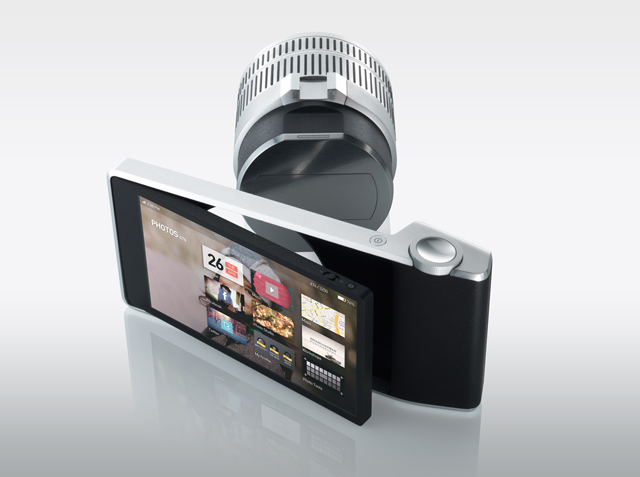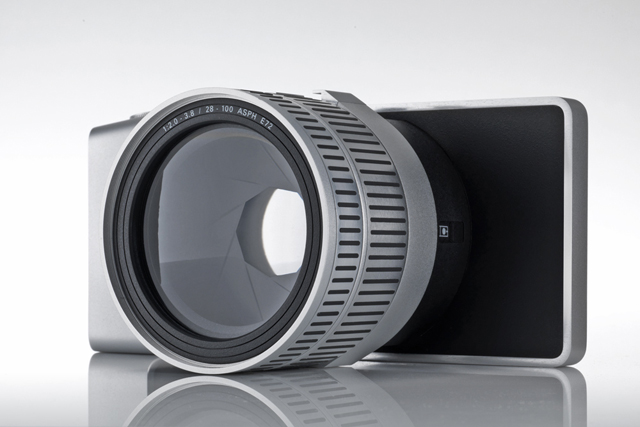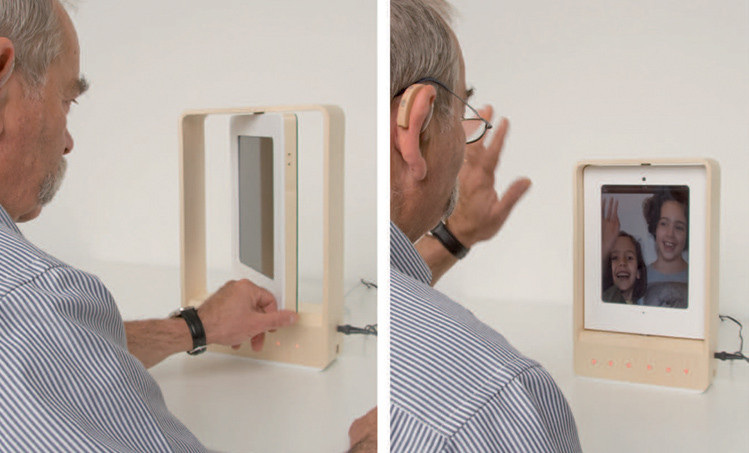Simply love the spirit of sharing!

There was OpenIDEO and Innocentive. Now there’s NapkinLabs too.
“….An off-the-shelf crowdsourcing platform will let companies create “challenges” to gather insight, and guide users with a series of design-focused exercises….”
Via FastCoDesign.
Reading ‘Microtrends‘ now and it’s struck me that spotting these non-mega trends are so important, yet easily overlooked, for business opportunities. Microtrends are not about shifts in behaviour; not about new preferences etc. But about a new intense, small and emerging group of people sharing some similar attributes which gives rise to some gaps (unmet needs and wants).
As with this article, spotting the microtrend in camera architecture has been neglected…
“…If you look at camera architecture, there’s a missed opportunity that the camera industry has brushed away….
…With the first digital cameras, the industry was quick to replace the medium, film, with a sensor, but the rest stayed the same. But modern connectivity opens up a lot of different options, like being able to detach the lens from the viewfinder. What if you could go to a party, mount three or four lenses all over the room, and control them all wirelessly with one ‘camera’?…..”
Look at the possible prototype! It’s so cool!


Concept Camera: The WVIL from Artefact on Vimeo.
Via Fast Co. Design.

Know the difference between web & internet?
“……..It was on August 6th, 1991, that Tim Berners-Lee, a British physicist at the European Organisation for Nuclear Research (CERN), in Geneva, created the first-ever web page—a summary of his WWW project along with explanations to help visitors build websites of their own and to search the web for information. No screen-shots survive of the original web page; its original address simply redirects visitors to a contemporary site providing details of the project’s early days at CERN.
First, however, a few things to get straight. The web is not to be confused with the internet—a global system of interconnected networks developed in the 1960s, originally for academic and government researchers in America. The internet sends information as discrete packets of data using a suite of protocols known as TCP/IP. The genius of the system is that the data tell the network where they want to go, instead of the network telling the data where they are being sent. All networks adopting this procedure—no matter where they are or how they actually function—are then reduced effectively to the same bare essentials, allowing them to interconnect and exchange data seamlessly.
The web, by contrast, is simply a way of organising information on a computer network by means of “hyperlinks”—ie, references to other resources on the network that users can visit directly from the document they are reading. As conceived, the web is simply another service—albeit a very important one—running on top of the internet……”
Via The Economist.
With the world booming with silver population, product designers and/or businesses should all be mindful of the tweaks and nuances required to make it an elderly-friendly environment. They do hold some pension fund afterall. Good to target them :p But make it simple and fuss free.

Via Simple Genius: Intuitive Tech Devices For The Elderly | Co. Design.
![]()









